Relic Towns in Wajir County
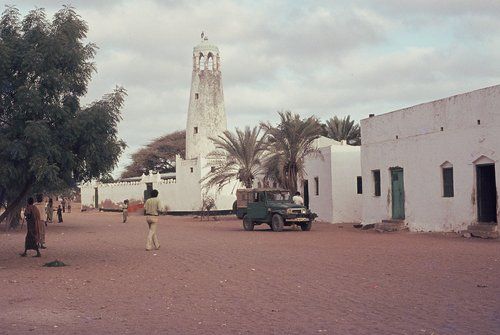

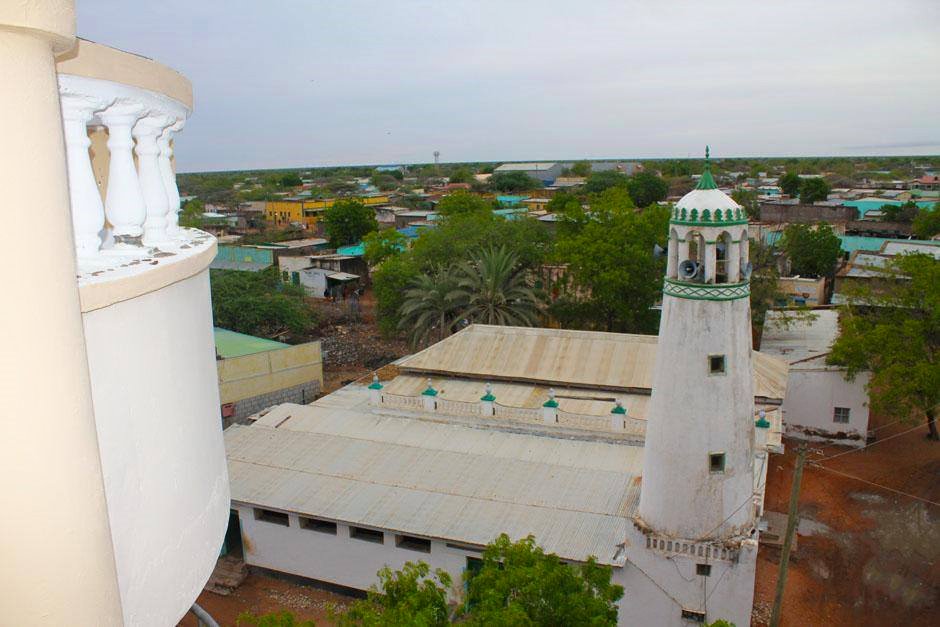
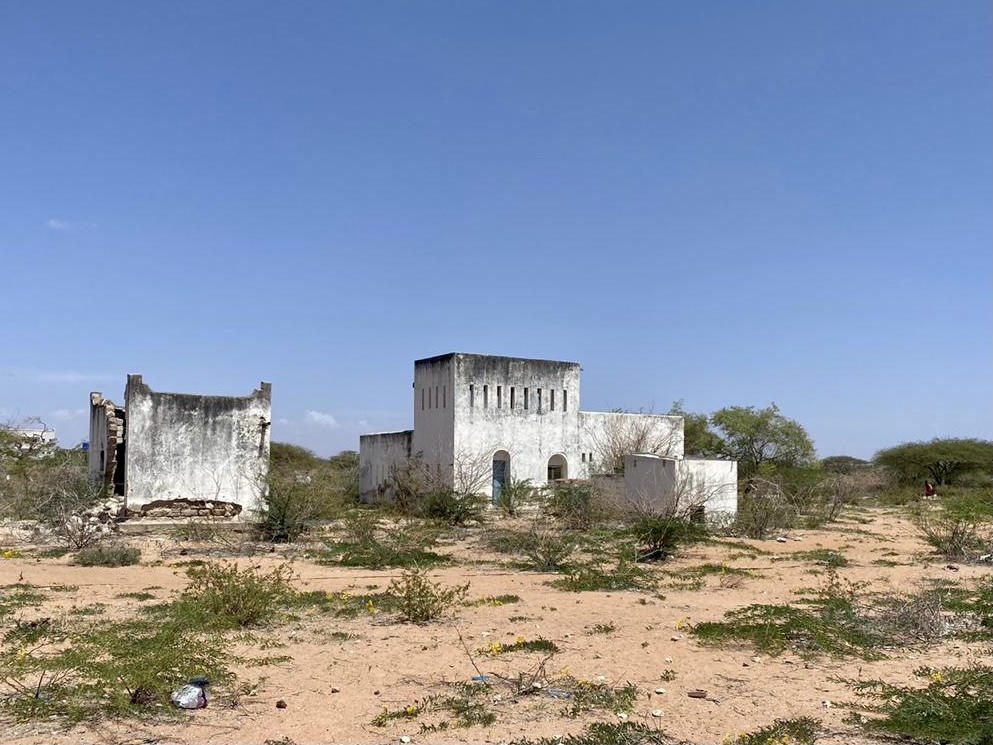
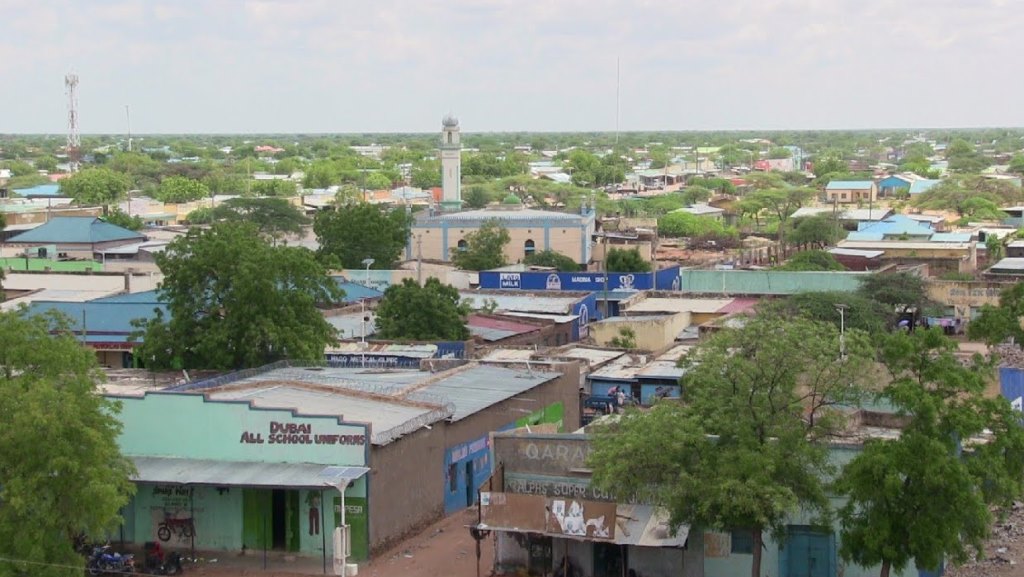
Old Town Wajir: The Dawn of New Era
While there’s little on display today of old town Wajir, with the new buildings almost completely grossing over its past, it holds a special place in the annals of Kenya’s yesteryears, of the early part of the 20th century. A history that is all but fading. Old town Wajir was established circa 1912. Only two other towns in Kenya were established prior, Malindi and Old town Mombasa – both along the coast.
Old town Wajir was founded at a time when the powers of Europe were at full stride in the Scramble for Africa and territorial conflicts were increasingly getting pensive and hostile. Closer to home, Italy in Somaliland wanted to advance south. The British, with a firm hold on British East Africa, would not have this happen. It was only prudent from their point of view to establish a station in northern Kenya, at Wajir, to serve as their colonial quarters, strategic position, and as a deterrent.
Fort Wajir became a quintessential imperial outpost in northern Kenya near the border with Somalia. Parts of it now house the Masjid Nur, or Old Mosque. While there are other old building from the early years of the 20th century, many quickly falling into ruin and disuse, Fort Wajir, which was the center of activity during this period, is a great memoir. Even so, the history buff will have an interesting time exploring this chapter of the history of Wajir by visiting the lesser-known ruins.
While the founding of old town Wajir was more imperial than it was economic, the colonial enterprise had arrived much earlier in Wajir, around 1900, to an indignant welcome by all the factions of the Somali clans. The British officials conducted pacification campaigns to suppress resistance from local communities, particularly in areas where there were tensions over land and grazing rights.
These campaigns sometimes involved the use of force and violence. Rather nonchalance about the ongoing differences of opinion among these clans, they opted to arm some and suppress others, and leave the outcome of this to fate. Henceforth, they sympathized with Ajuraan clan, who considered themselves to be the “original” inhabitants of much of this region, and they enjoyed protected access to Wajir West under the British colonial system. They also got armed.
Exacerbated by the firepower provided by the colonial forces the Ajuraan became Ill-disposed, leading to endemic tension among the three major clans – Ajuraan, Degodia and Ogaden – over rights to pasture and wells. In any case, the British were embroiled in a precarious dispute with Italian-Somalia (Jubaland) having revised the border of Kenya to include the Northern Frontier District, and what the Italians rightfully regarded as being annexed from their territory. And so, until 1917, Bulsesa was a sub-district of Wajir, but in 1918 Wajir became a district of its own.
For the remaining part of the decade, old town Wajir was primarily a military outpost, just around the corner from the boundary with Italian-Somalia. In due course, an installment of small wars between the British and Italians broke out, between 1920s and 1930s. In 1921 the military took over the administration of the district until September 1925 when it reverted to civil rule. In 1928, the boundary was shifted North of Mado Gashe to the line of Uaso Nyiro and Laka Dera.
At the last, in 1940, the British embarked on an all-out encounter to divisively expel the Italians, in a broil climaxed in the spectacular showdown of aerial military strength on September 19, 1940, near Fort Elwak, 176 km northeast of Wajir. The station of Wajir was evacuated in 1940 during the Italian invasion.
During World War II, Italy, under the rule of Benito Mussolini, was part of the Axis powers, while Britain was one of the Allied powers. In Africa the meliu was mainly in North Africa, that saw numerous cat and mouse battles between British and Italian forces, notably during the Western Desert Campaign. This campaign took place in the deserts of Egypt and Libya and was the main theatre in the North African campaign of World War Two. Military operations began in June 1940.
Driven by colonial ambitions, territorial disputes, and competition for resources, the war spilled over to East Africa, as the Italians sought to push south into Kenya. Italy’s colonization of Somalia brought it into conflict with British forces yet again in Wajir and El Wak. There were several skirmishes and clashes along the border between Italian and British colonial forces. Except for that war period, Wajir has remained a district since 1918 and old town Wajir continually occupied from 1912.
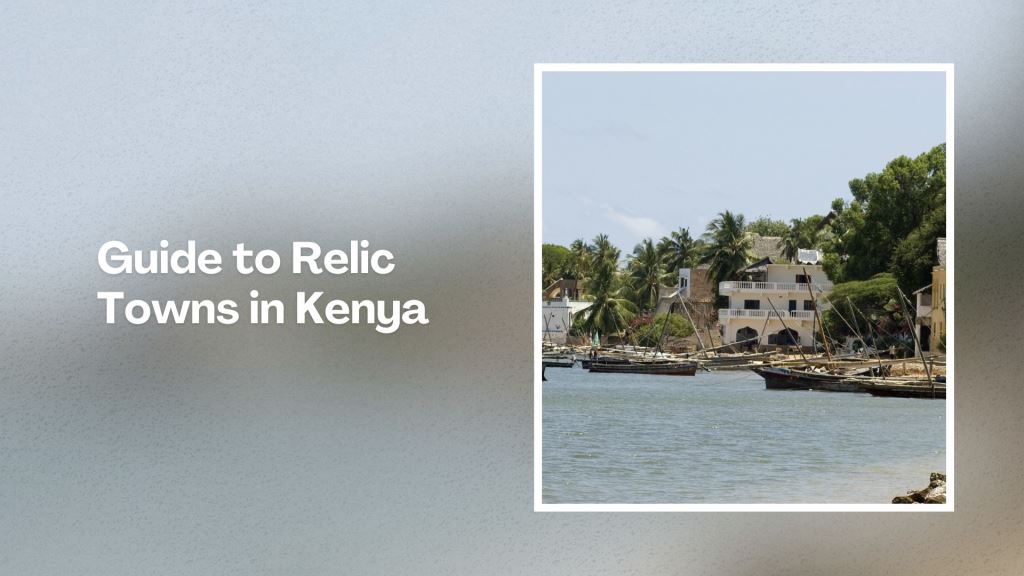
Historic towns around the world offer a glimpse into the past, preserving architecture, culture, and stories from different eras. In Kenya, some of the oldest towns are found along the coast, where medieval trade put on the map long before developments in the hinterland. Among these is Lamu town, a UNESCO World Heritage Site, known for its Swahili architecture and cultural traditions.
Index of Relic & Historic Towns Around Kenya
Baringo Town - Tambach, Homa Bay County - Old Kendu Bay Town, Kilifi County - Old Town Takaungu, Kwale County - Vanga, Vumba Kuu, Lamu County - Lamu Old Town, Witu, Shela, Siyu, Manda, Mandera County - El Wak, Tana River County - Old Kipini Town, Wajir County - Old Town Wajir

A Complete Guide to Wajir County
Brief Overview of Wajir County
Brief History of Wajir County
20 Attractions in Wajir County, arranged as one would visit these - north, west then south - with the aid of in-depth narratives, images, strip maps and distance chart:
Wajir Oasis Hotel, Lake Yahud, Wagalla Monument, Old Wajir Town, Orahey Wells, Orahey Bunkers, Fort Wajir, Wajir Museum, Wajir War Cemetery, Esspresso Royale, Wajir Livestock Market, Wajir Giraffe Sanctuary, Shaletey Caves, Grosso Griftu, Malabar Hill, Mansa Guda Formation, Sabuli Wildlife Conservancy, Sabena Desert, Lorian Swamp, Habaswein
Know More About Wajir County: Its Geography, Land-Use, Highlights, Population, Roads - including a distance chart, Airports, Climate & National Monuments
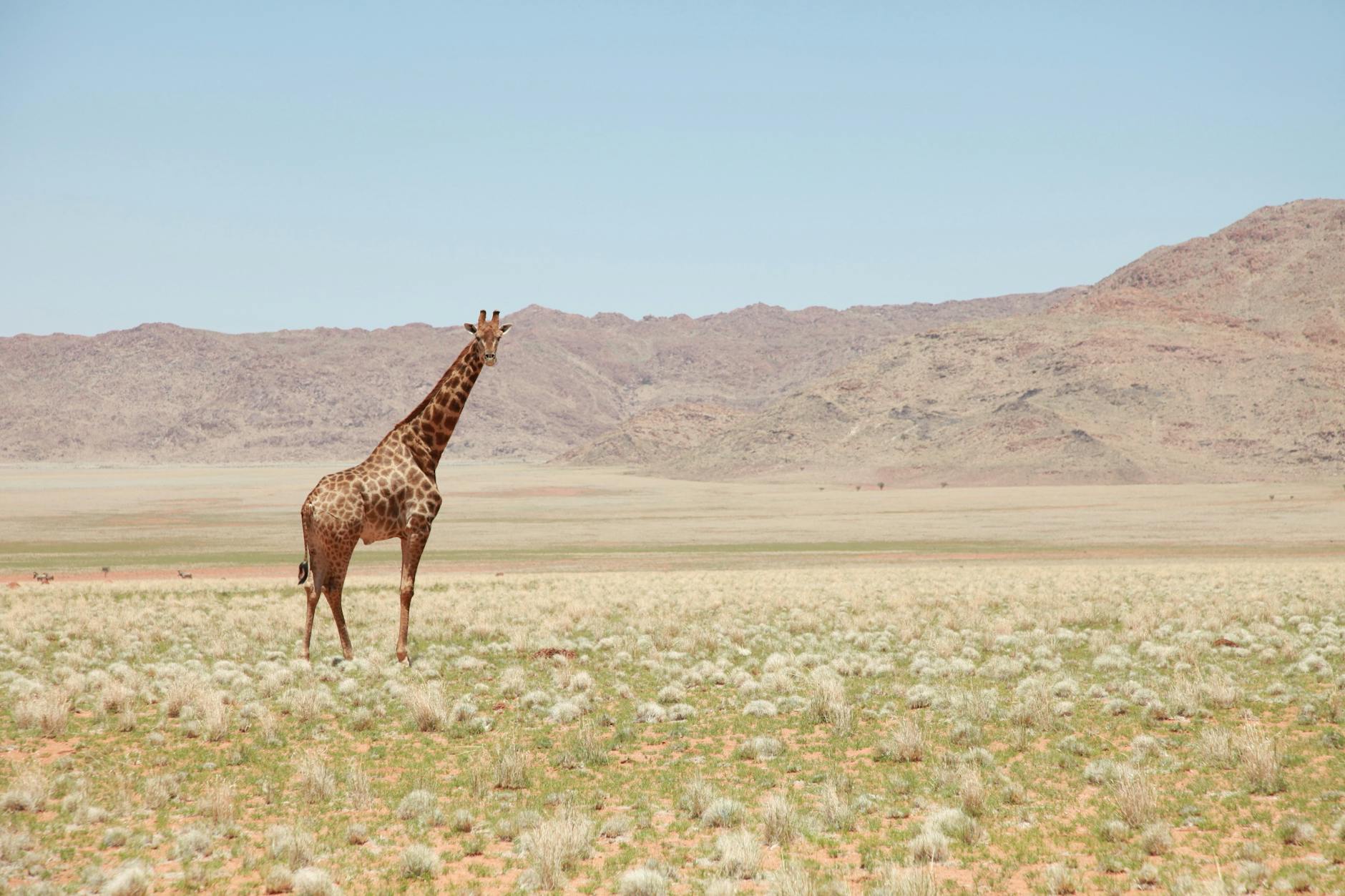
Need Help Planning Your Trip to Wajir?
We’re here to help you make the best out of your travels
The entire team is eager to help you plan your memorable holiday. Long, short, big and small, we’ll help you work it all out.
Contact Us
Find The Best Hotel Rates in Wajir?
Choose From The Largest Collection of Hotels
Whether short, long, alone or with family or friends, you’ll find the ideal hotel here.
Contact Us

